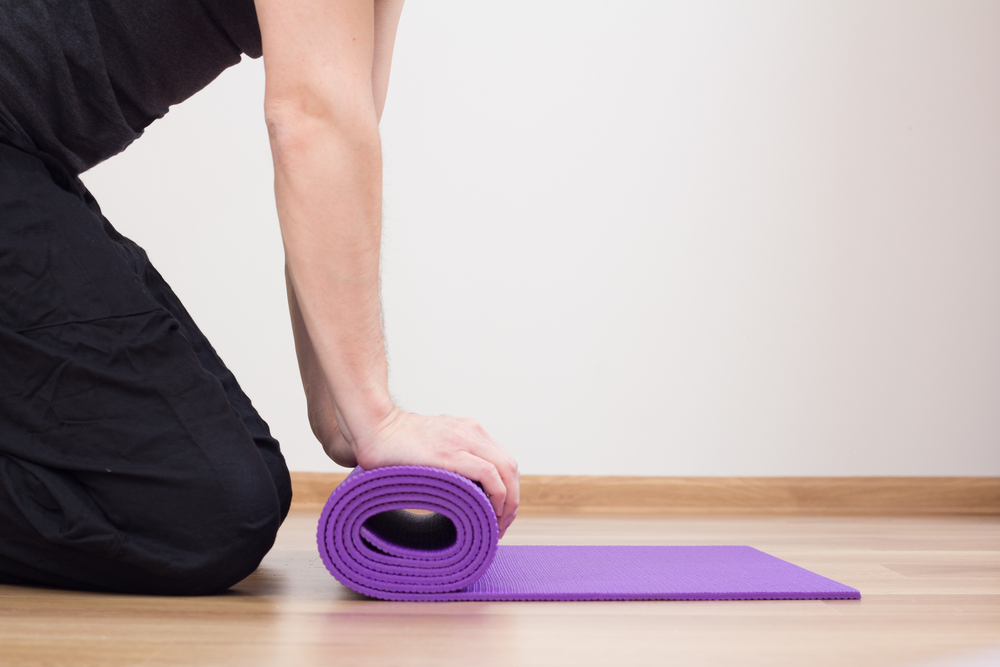More Research Needed into Effects of Exercise on CMT Patients, Review Says

More research is needed into whether different types of exercise can provide benefits to people with Charcot-Marie-Tooth disease (CMT), and how exercise affects biological processes related to CMT, a review states.
The article, “Charcot-Marie-Tooth Disease: Genetic Predisposition and Effect of Resistance Training, Endurance Training, Physical Activity and Orthosis in Attenuating its Severity,” was published in the European Journal of Molecular & Clinical Medicine.
CMT is characterized by problems with the nerves that control movement, leading to symptoms such as physical weakness. While no standard treatment regime is currently available for CMT, various exercise regimes have been proposed as potentially beneficial for people with CMT.
In the new review, Arsalan Moinuddin, MD, an instructor at Texas Tech University, in Texas, summarized the existing scientific literature investigating different exercise regimens and CMT.
Broadly, Moinuddin wrote that the existing data on exercise in CMT is “not very strong.” Most studies have small sample sizes, and are often based on questionnaires or interviews to measure the impact of exercise, rather than on more objective methods.
Moinuddin also argued that current studies have “botched the discussion” because they generally did not look at the biological consequences of different exercise regimes. The biochemical processes that drive muscle growth are generally well-defined; as such, there are specific molecules and genes that could theoretically be measured to more thoroughly define the effect that different exercise regimens have on people with CMT.
“An elusive understanding of architectural, histochemical [and] metabolic adaptations to exercise in CMT patients are the potential areas to investigate from a future research perspective to further enhance our understanding regarding the role of exercise and rehabilitation in CMT,” Moinuddin wrote.
The review highlighted two types of exercise: resistance training (e.g., lifting weights) and endurance training (e.g., running, jogging, or walking).
Studies have generally shown that endurance training can improve walking abilities, as well as posture and balance, in people with CMT.
“The result of these studies showed that both walking on the ground as well as on a normal treadmill was tolerated in CMT patients,” Moinuddin wrote, adding that the benefits of endurance training in the patients mirror similar results for people with muscular dystrophies.
Studies on resistance training in CMT have generally failed to find statistically significant benefits in terms of strength gain. Moinuddin noted that resistance training can be difficult to implement and study in CMT, because of the nature of the disease.
Several reviewed studies also supported the use of orthoses (braces) by patients.
“Despite the paucity of significant scientific evidence several authors consider this rehabilitation modality useful in improving and delaying the clinical severity of CMT,” Moinuddin wrote.
In general, studies have indicated that people with CMT are typically less active than their normally-developing peers. This has been tied to their increased fatigue and reduced self-efficacy (confidence in oneself), which suggests that cognitive therapies to improve self-confidence may help to increase their physical activity, Moinuddin said.





